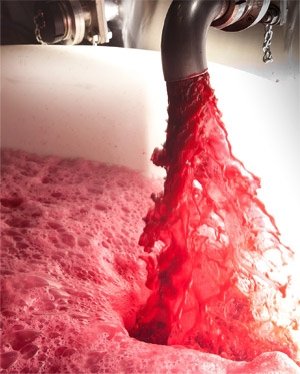History
The history of Grand-Puy-Lacoste is fascinating in many ways. It is a family saga going back to the 16th century.
The name Grand-Puy, already mentioned in documents from the Middle Ages, comes from the ancient term "puy” which means "hillock, small height”. True to its name, the vineyard sits on outcrops with a terroir similar to that of the Médoc's first growths. From Since the 16th century the property remained attached to a single family from generation to generation, in a direct line through marriage until 1920, before connecting with another family in 1978—the Borie.
The first owner on record was M. de Guiraud, a member of the Bordeaux Parliament.
The estate most often passed along female lines of inheritance and was the dowry in successive marriages. One of M. de Guiraud's daughters married M. de Jehan, another member of Parliament. Their son, Bertrand de Jehan, had a daughter who inherited the property and married M. d'Issac. Traditionally, an owner's name was added to a place-name (like Grand-Puy), but the inheriting daughters took their husbands' names upon marriage which explains the numerous changes of name by which Grand-Puy has been known. Thus when d'Issac's daughter married a Bordeaux lawyer named Saint Guirons, the property became "Grand-Puy Saint-Guirons”. It was their daughter, Marie-Jeanne de Saint Guirons, who married François Lacoste.
With this marriage in the 19th century the property acquired the name Lacoste. Still, the Saint-Guirons name remained as a reminder of the connection between the two families and of the property's heritage, so for a time the wines were labeled "Saint Guirons-Lacoste”. François Lacoste and Marie-Jeanne de Saint Guirons had three children, and after the couple's death their son Pierre-Frédéric Lacoste inherited the property in 1844.
Pierre-Frédéric Lacoste was an enterprising man, deeply committed to his estate. Like François-Xavier Borie the following century, Lacoste focused on quality and improving the wine's reputation. In 1855 he rebuilt the château, and that same year Grand-Puy-Lacoste's status was officially recognized by its inclusion in the official listing of Bordeaux's Great Classified Growths.
